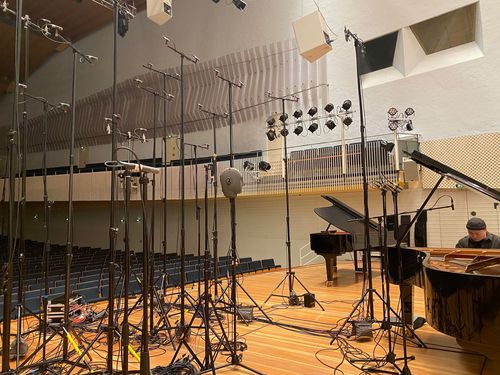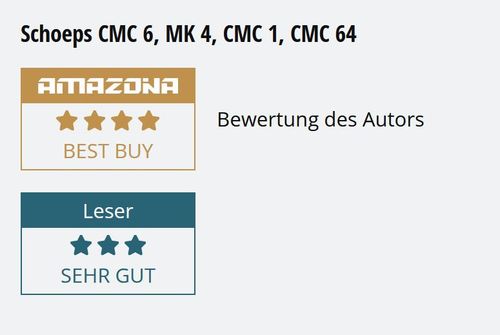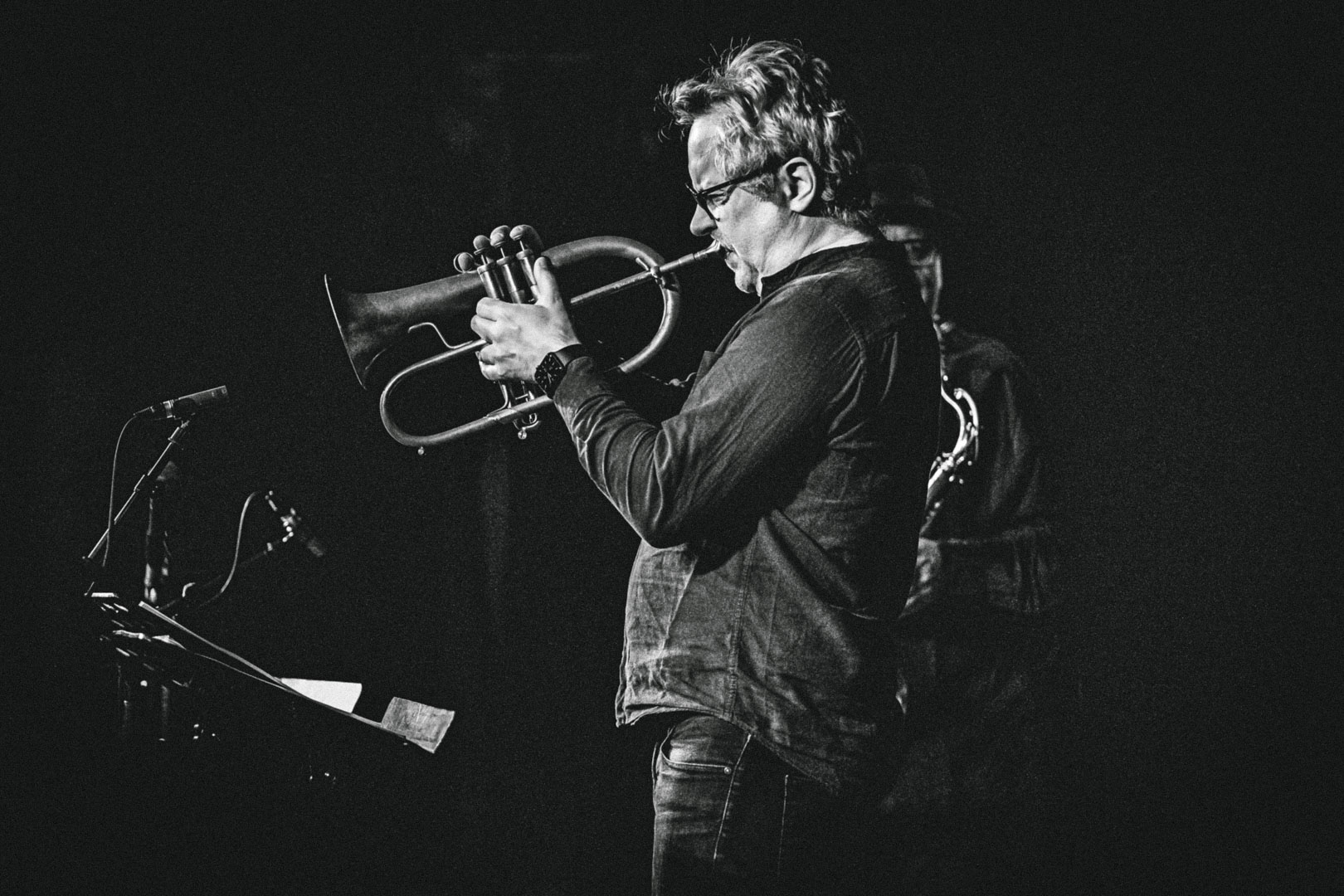A joint Research Project of Nagoya University of the Arts, Universität der Künste Berlin and Tokyo University of the Arts. A great and comprehensive collection of sound examples for recording a grand piano. Worth listening to and very instructive.
soundmedia.jp/nuaudktua
The purpose of this research is to identify the microphone arrangement that can record the most musically appropriate timbre of a grand piano through subjective evaluation experiments for propose. A grand piano has a very complex sound radiation, and the timbre changes depending on the instrument, performer, tuning, acoustics in the hall, and the position of the instrument. Also, different models of pianos makes very different sounds, making it difficult to have a consistent formula for recording. In addition, until now, it has been difficult for students who are studying to record to obtain suitable sample sound sources for learning to record piano. Therefore, we placed multiple microphones against the piano, recorded various performances, and made a sound source materials that we can compare and listen in an interactive way. This recording was done in April 2022 at Berlin University of the Arts Hall by Kazuya Nagae of Nagoya University of Arts, Thorsten Weigelt of Berlin University of the Arts, Toru Kamekawa, Atsushi Marui of Tokyo University of the Arts and Tonmeister course students of Berlin University of the Arts, and graduates of Tokyo University of the Arts. We set six pianos (Steinway&Sons D274、Bösendorfer 290 "Imperial"、280VC、YAMAHA CFX、Steingraeber & Söhne Model E、C.Bechstein D 282) on the stage, and Mo Zhou studied at Berlin University of the Arts, Shion Ota, studies at Berlin University of the Arts and Nagoya University of Arts, performed seven pieces from different eras and recorded them in a session. And piano music doesn't work if we have a only piano and a pianist here. You need a excellent piano technician. The effort of a piano technician is so important that piano music cannot be completed without a piano technician who is close to the music and instruments that the pianist wants to express. This time, we had many helps from Gerd Finkenstein, a specialist trusted by many pianists in Germany. About the recording, 28 omni-directional microphones, Schoeps MK2H were installed at different positions and heights while keeping the AB stereo 55cm. We can listen and compare the positions of 24 points. Aldo we recorded ambisonics microphone, Sennheiser AMBEO VR MIC. Because we want to introduce what is the direct sound and indirect sound of the piano in the hall. And we can change the directivity of the microphone after the recording. We also recorded dummy head microphone, Neumann KU100, that enables three-dimensional listening not only left and right also up and down. We use same HA AD converter RME 12Mic and we recorded it on 48kHz 24bit. We can feel various things from these sound sources. For example, the sound will be very different for different performers, even if it is recorded with the same microphone position, the same instrument, and the same music. Moreover, even with such same conditions, the sound will change significantly if the music is different. We will do subjective evaluation experiments in the future. And We would like to make a new proposal for microphone placement in piano recording. Please listen to the comparison sound source and feel what kind of timbre is suitable for the piece.
soundmedia.jp/nuaudktua










